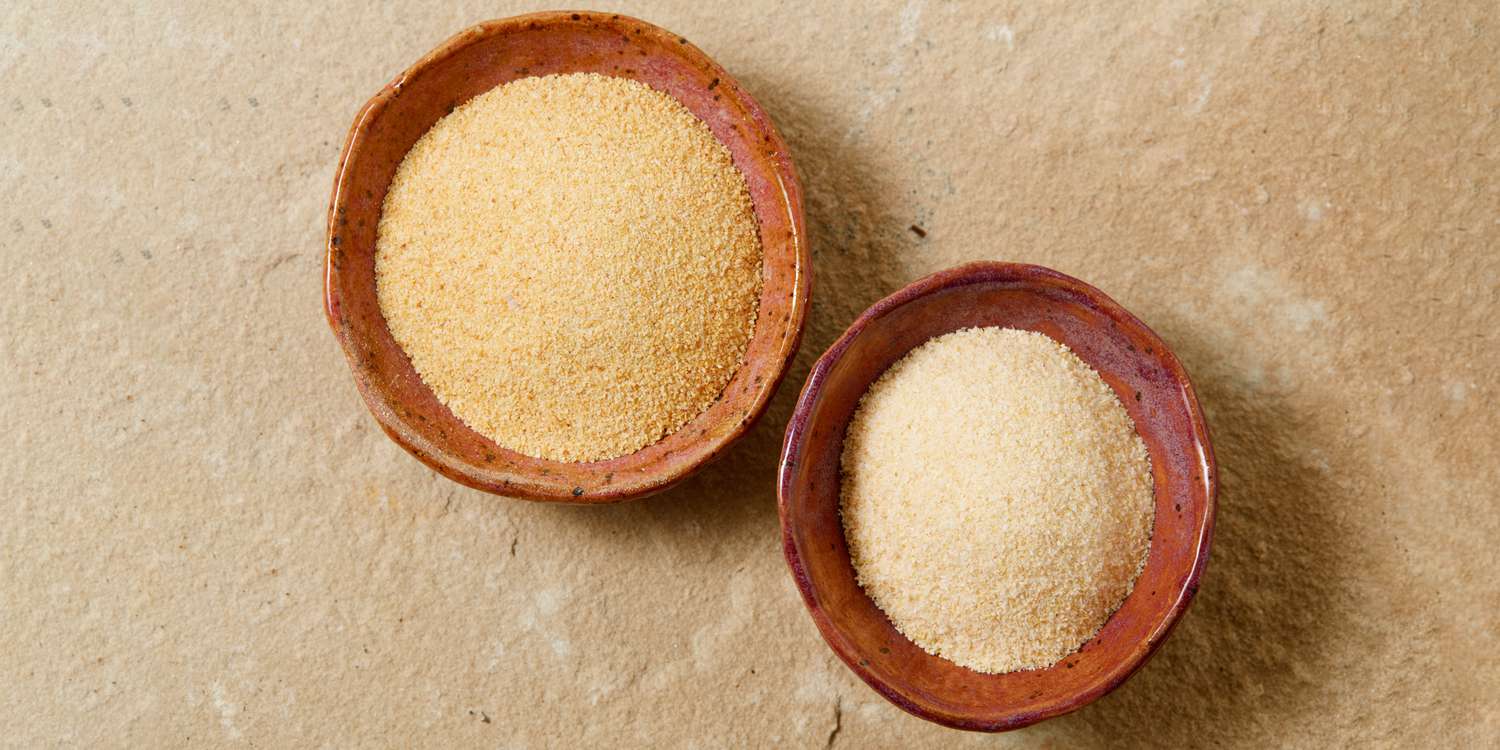October brings changing leaves, pie-flavored beverages, and lots and lots of pumpkins. There are pumpkins you can use in your kitchen for fall harvest salads, pumpkin pie, and pumpkin breads. Then, there are the pumpkins you use for jack-o’-lanterns and Halloween festivities, the kind that are aglow with spooky faces or adorable cut-outs.
Can you use these pumpkins interchangeably? Would pie pumpkins make great scary decor? Or would the jack-o’-lantern make a delicious soup?
Here’s what Seattle-based registered dietitian nutritionist, Ginger Hultin, owner of ChampagneNutrition and author of Anti-Inflammatory Diet Meal Prep and How to Eat to Beat Disease Cookbook, has to say.
What Are the Pumpkins We Carve?
While all pumpkins are edible, some are great as food, and some are better suited for other purposes. The jack-o’-lantern pumpkin is a great example.
“The pumpkins you carve are actually heirloom ‘carving pumpkins,’ also commonly called jack-o’-lantern pumpkins, or giant jack-o’-lantern or Howden pumpkins,” Hultin says.
But the pumpkins you’d buy for cooking have names like sugar pie and Cinderella. Even eye-catching peanut pumpkins are more delicious than carving pumpkins.
“With thick, long vines perfect for removing the top after carving and a large, round shape, [carving] pumpkins aren’t the most common to use in the kitchen,” Hultin says.
Why Don’t Carving Pumpkins Work for Cooking Purposes?
Technically, you can eat a carving pumpkin. But it won’t taste very good.
“Carving pumpkins have a woody texture and are stringier than pumpkins intended for eating,” says Ilyse Schapiro MS, RD, CDN. So while they’re edible, you’ll get a better product (and one that is softer and more moist) by opting for a smaller heirloom pumpkin instead, like the sugar pumpkin.
Once you take your carved pumpkin outside, it’s not suited for a meal. “Insects, snails and slugs, squirrels and birds may enjoy crawling on or taking a bite of your [carved] pumpkin,” Hultin adds.
If you’re desperate not to waste any of the carved pumpkin, you could save the flesh of the pieces you carved from the pumpkin. Cut them into wedges, drizzle with olive oil, sprinkle with salt and pepper, and roast until the flesh is soft. That will provide the prep for soups or dips, like hummus.
“You can use the roasted pumpkin in bread or muffins,” Hultin says.
But again, the flavor will be bland, and the texture will be tough and woody. You may have to dramatically amp up other flavorful ingredients to get a food you actually want to eat.
“The best pumpkins to use in cooking are small sugar pumpkins, which are also called pie pumpkins, sugar pie pumpkins, or sweet pumpkins, and there are actually many heirloom varieties of pumpkins that people use for pies, with some being sold in stores, at farms, or at the pumpkin patch,” Hultin says.
Look for names like Baby Bear, Cinderella, Jarrahdale, Dickinson, and Long PIe. They’re typically smaller than the big carving pumpkins in size. You’ll find these pumpkins in colors ranging from the traditional orange to reddish, brown, or even blue or greenish.
You Can Eat the Seeds, Though!
Skip the flesh, and eat the pumpkin seeds instead. They actually will taste good.
“After carving the pumpkin, I recommend discarding the inside since it won’t taste great, but I save the seeds and roast them at 400 degrees F for 5 to 20 minutes. The smaller the seeds, the less time they need in the oven,” Schapiro says.
The seeds from carved pumpkins are delicious and nutritious, and you’ll want to keep them on hand for crunchy, toasted snacks, add them as an ingredient for a homemade trail mix or granola, or use them to top grain bowls, yogurts, chia puddings, salads, and more.
“The seeds can be baked with a little olive oil for a snack,” Schapiro says. Then, play with spices and other sweet or savory elements. Turmeric, wasabi, honey, garlic, maple, vanilla, a simple dash of salt and pepper — the possibilities are endless!




